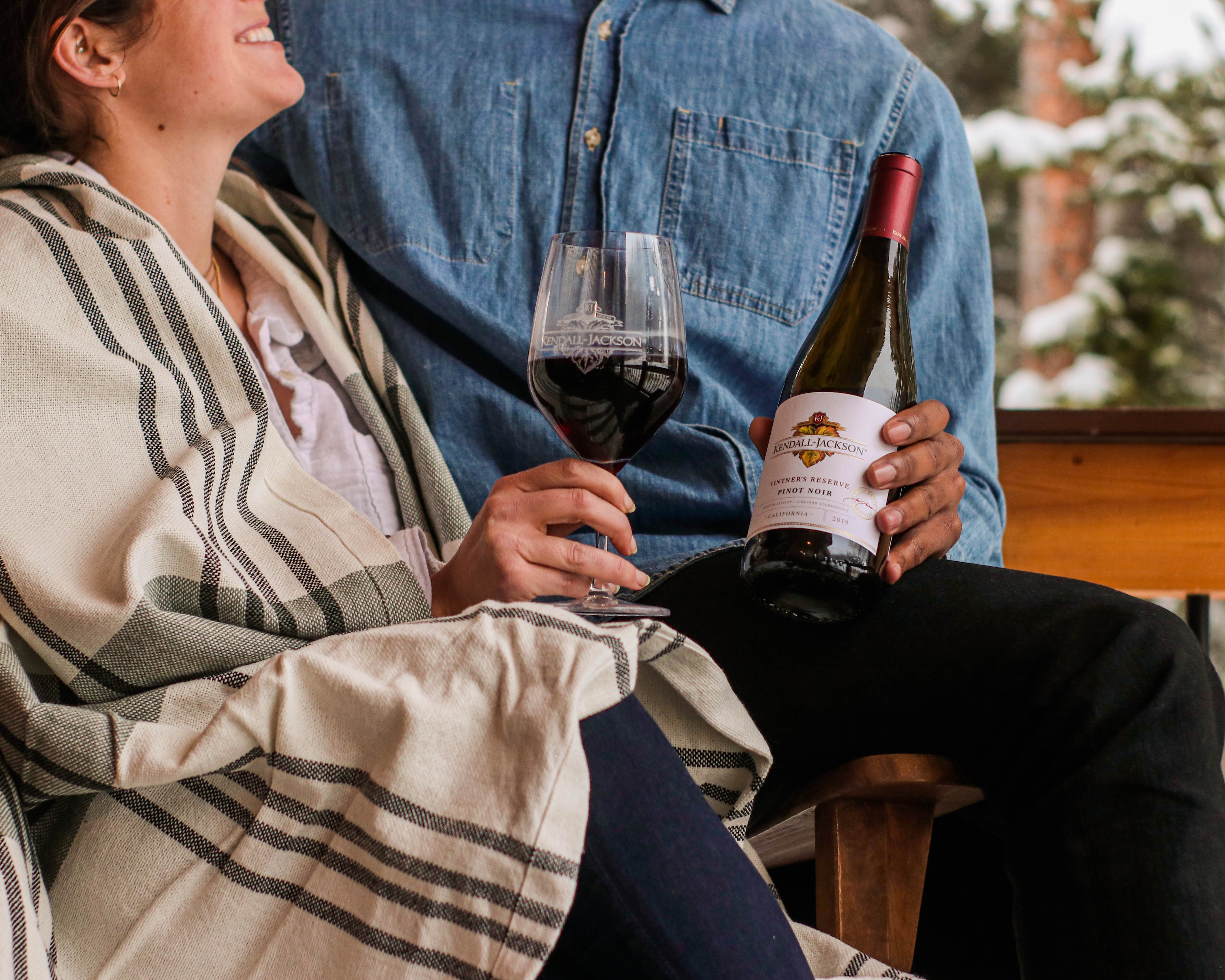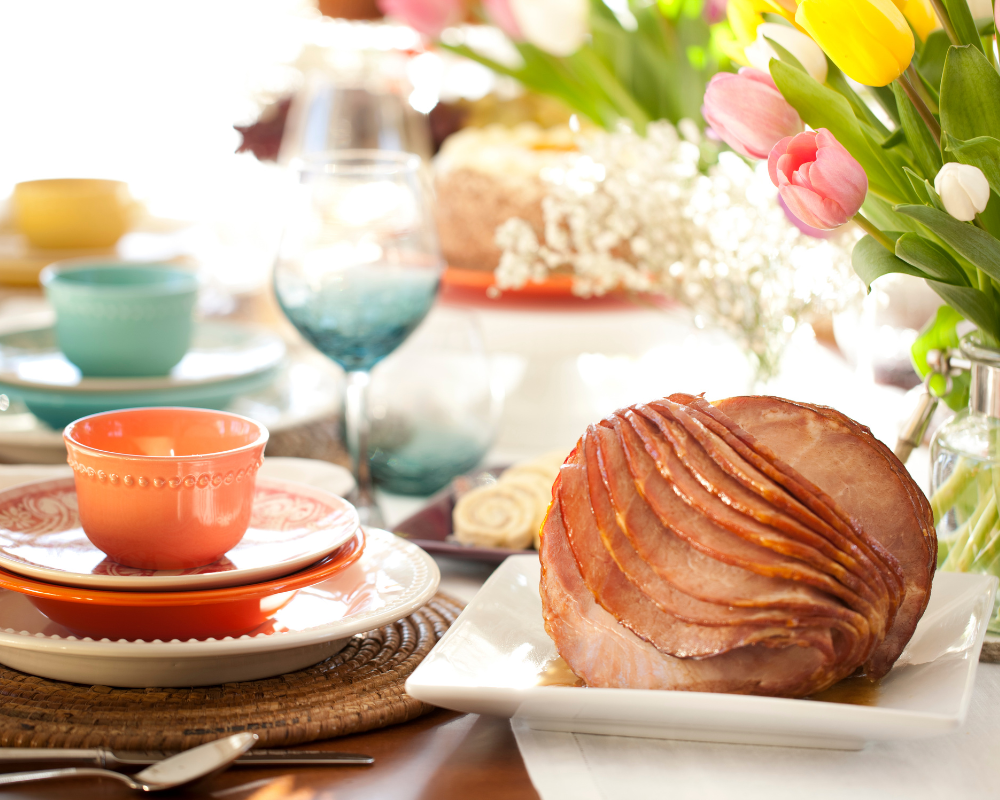What are Tannins in Wine?
You don’t need a Ph.D in chemistry to understand tannins, but a little background helps.
“Polyphenols” are organic compounds found in plants (not animals), including tree bark, seeds, nuts, tea and wood. Tannins are a polyphenol; they’re completely natural, but they do taste bitter. If you’re a tea-freak, you know how a sip of highly-tannic black tea can pucker the inside of your mouth!
Grapes, too, contain significant tannins — but not the pulp, only the skins and seeds. If you crush grapes to squeeze out the juice, and then immediately drain the juice off the skins and seeds — the way they do with a light white wine—the wine will have few tannins.
But if you crush grapes for red wine, and then allow the fermenting juice to sit on (or “macerate” with) the skins and seeds, they will bleed their tannins into the wine. Alcohol is a solvent; as the grape juice turns to alcohol (courtesy of yeast), more and more tannins migrate into the wine.
Red wines always have more tannins than white wines, because color, as well as tannins, is leached into wine as it macerates on skins; the pulp itself contributes little if anything to the color of a wine. Wines that sit for a long time on the skins and seeds — the more full-bodied ones, such as Cabernet Sauvignon, Merlot and Zinfandel — consequently have both deeper color and firmer tannins than red wines, like Pinot Noir or Beaujolais, that do not macerate for very long.
The end result is that young red wines can be very tannic. They’re bitter; they feel hard in the mouth; the tannins can mask the fruit. In olden times, winemakers didn’t have the technical means to “manage” tannins (to use the modern terminology), so that wines from Bordeaux, for example, were almost undrinkable in their youth.
But winemakers also found that aging the wines softened and mellowed them. This is because, under proper cellar conditions, the tannins will chemically change in the wine, eventually falling to the bottom of the bottle as sediment. Classic Bordeaux of the 1700s and 1800s sometimes needed 30 or 40 years to become mellow enough to drink.
Today, no one wants to wait two generations to drink their wine! So winemakers have developed those tannin management tools to a remarkable degree. Most wines these days, even big Cabs and Zins, are drinkable right out of the bottle — although the best of them will evolve for years.
How do tannins pair with food? Well, you want fats to cut through the astringency. That suggests meats and cheeses. The exact pairing will depend on the wine. Cabernet is great with steak, for example. Down in Texas, they have a saying: “A slab and a Cab.” This summer, we’ll be out in the backyard barbecuing our slabs, and we’ll be washing them down with our Cabs!
For food and wine pairing tips, visit the Entertaining section of our website.
Steve Heimoff is one of America’s most respected and well-known wine writers. The former West Coast Editor for Wine Enthusiast Magazine and a contributor to Wine Spectator, he has also authored two books on the subject of California wine, including “New Classic Winemakers of California: Conversations with Steve Heimoff,” published in the fall of 2007.



